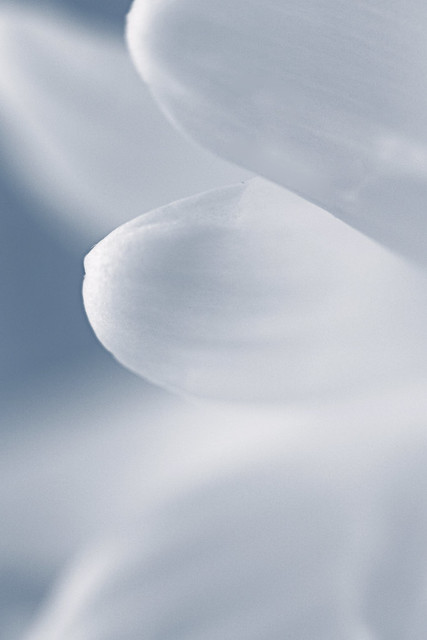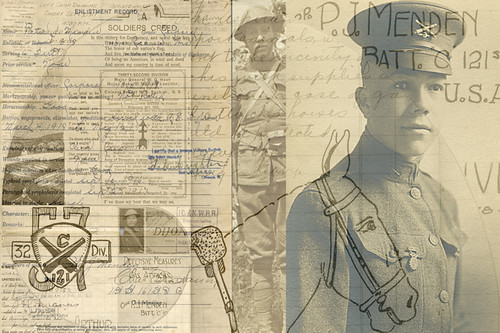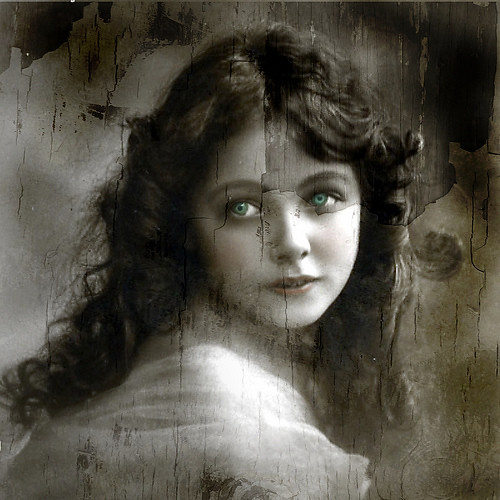All I know is I have a bug.. Something inside me that wants to wander a little from the normal, flat, 1 dimentional photograph, to using that same photograph and create something more.. I'm not a journalist, so my photographs really don't have to say anything. To me, a good photograph is one that makes you feel something.. it's a replication of someplace or an occurance that was captured, but doesn't need to actually 'say' something - if it's pleasing to the eye, it's "Art" ....
What I'm getting at is that I'd like to improve on a simple photograph, giving it some appropriate space and texture. How the hell do you provide texture, spacing, continunity, and even going as far as including an addiational 'sense' as tools to view a different kind of 'art'.. - based on a photograph? I'm not really even sure I'm explaining this appropriately..
My wife said that I should take some art classes over at the College - A little research revealed that most are "Art Theory; Commercial Art; Digital Photography; or Painting 101".. None that I would imagine would help in my mind ......... Boise State University has some interesting classes, but are 125 miles away..
Too small of a community to have resources to teach things like this.... I dont' know how to use various photo-collage methods; different media + substrates; adding a variety of complementary materials, ephemera, paints and inks to produce a textural, evocative image combination - just another step away from a nice, framed print like we all have on our walls. Should I just clear away an area in my basement, and once equipped, sit down and puruse YouTube for instruction?
Suggestions??
thanks,
r
What I'm getting at is that I'd like to improve on a simple photograph, giving it some appropriate space and texture. How the hell do you provide texture, spacing, continunity, and even going as far as including an addiational 'sense' as tools to view a different kind of 'art'.. - based on a photograph? I'm not really even sure I'm explaining this appropriately..
My wife said that I should take some art classes over at the College - A little research revealed that most are "Art Theory; Commercial Art; Digital Photography; or Painting 101".. None that I would imagine would help in my mind ......... Boise State University has some interesting classes, but are 125 miles away..
Too small of a community to have resources to teach things like this.... I dont' know how to use various photo-collage methods; different media + substrates; adding a variety of complementary materials, ephemera, paints and inks to produce a textural, evocative image combination - just another step away from a nice, framed print like we all have on our walls. Should I just clear away an area in my basement, and once equipped, sit down and puruse YouTube for instruction?
Suggestions??
thanks,
r




